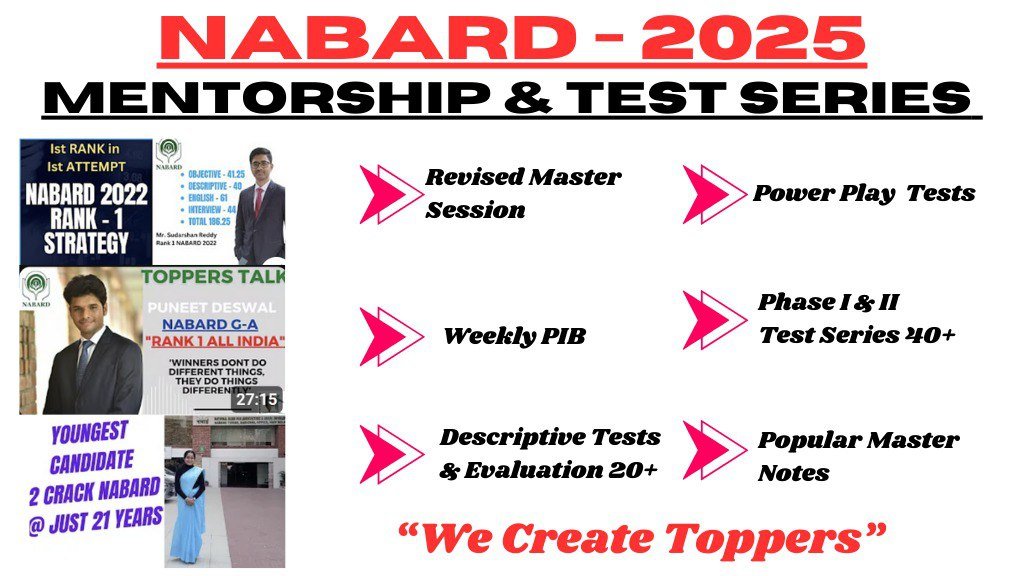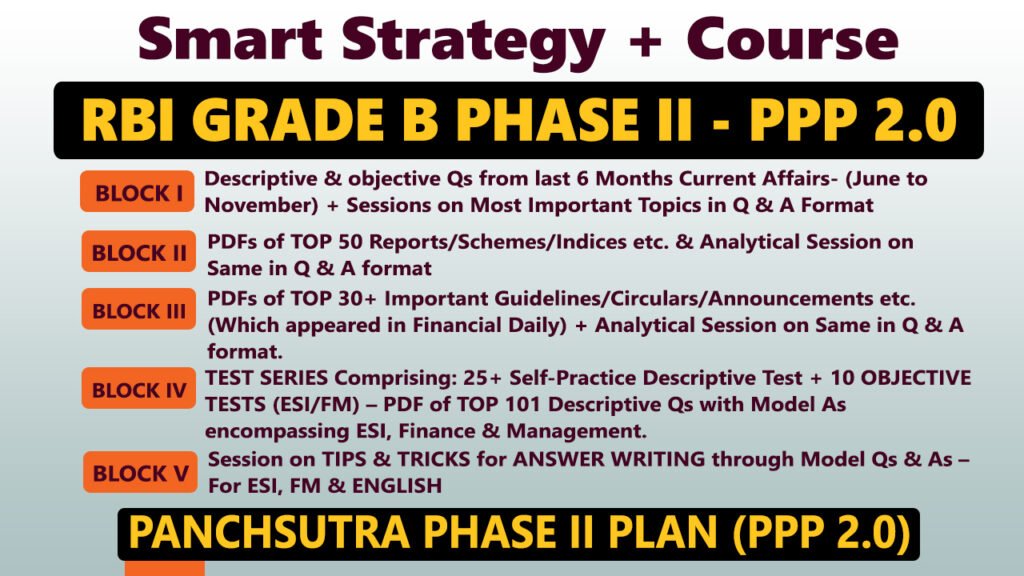Got Questions? We’ve Got Answers!
📚 Whether it’s about exams, career advice, or daily doubts, don’t hesitate—ask away!
💡 Daily Current Affairs for UPSC Quiz | Daily Quiz for UPSC
💡 Your Learning Partner Is Just a Click Away!
👉 Click here to Ask Your Question Now and get clear, reliable answers from experts.
Daily Current Affairs
23 October, 2025
1. According to the Global Forest Resources Assessment (GFRA) 2025, what is India’s global rank in terms of annual forest gain?
A. 2nd
B. 3rd
C. 5th
D. 7th
E. 9th
Answer: B. 3rd
Explanation: The FAO’s Global Forest Resources Assessment (GFRA) 2025 ranked India 3rd globally in annual forest gain and 9th in total forest area, showcasing India’s strong forest restoration and conservation policies like the Green India Mission and CAMPA.
2. The ₹1,500 crore Critical Mineral Recycling Scheme is mainly focused on which of the following areas?
A. Promoting coal mining exports
B. Formalising e-waste and lithium battery recycling
C. Boosting thermal power generation
D. Strengthening fertilizer production
E. Developing water desalination plants
Answer: B. Formalising e-waste and lithium battery recycling
Explanation: The Ministry of Mines launched this ₹1,500 crore scheme to strengthen India’s domestic recycling ecosystem for critical minerals like lithium, cobalt, and nickel through Extended Producer Responsibility (EPR) and better feedstock collection.
3. The “PARAM JAL” model under the Water ATM initiative primarily aims to:
A. Generate renewable energy from water
B. Treat mine water and provide safe drinking water
C. Build rainwater harvesting systems
D. Recycle industrial wastewater for agriculture
E. Promote desalination in coastal regions
Answer: B. Treat mine water and provide safe drinking water
Explanation: The PARAM JAL model, developed by ACIC IIT-ISM Dhanbad, converts mine discharge water into safe potable water through automated Water ATMs, ensuring clean water access and local livelihood generation.
4. The draft labour policy ‘Shram Shakti Niti’ focuses on which of the following goals?
A. Increasing agricultural employment
B. Creating a data-driven, AI-based labour ecosystem
C. Privatizing labour welfare boards
D. Expanding industrial subsidies
E. Reducing public employment opportunities
Answer: B. Creating a data-driven, AI-based labour ecosystem
Explanation: The Shram Shakti Niti policy aims to modernize India’s employment ecosystem through AI-enabled job matching, digital credentials, and AI-integrated education, ensuring inclusivity for formal, informal, and gig workers.
5. What does the Weighted Average Call Rate (WACR) represent in India’s money market?
A. The average rate of home loans offered by banks
B. The overnight uncollateralised interbank lending rate
C. The yield on government treasury bills
D. The long-term bond yield of RBI
E. The repo rate fixed by SEBI
Answer: B. The overnight uncollateralised interbank lending rate
Explanation: The WACR is the average interest rate at which banks borrow and lend funds to each other overnight without collateral. It serves as the operating target of RBI’s monetary policy to maintain short-term liquidity stability.
6. Under the new RBI rule effective October 1, 2025, banks can reduce the “spread” on floating-rate home loans when:
A. Repo rate increases
B. Borrower’s credit score improves
C. Inflation rises
D. Loan tenure is extended
E. Borrower changes job
Answer: B. Borrower’s credit score improves
Explanation: The RBI has allowed banks to revise and reduce the spread earlier if a borrower’s creditworthiness improves, ensuring fairer treatment for existing borrowers and lower EMIs without waiting for a 3-year lock-in.
7. The Banking Laws (Amendment) Act, 2025 allows depositors to:
A. Withdraw deposits without penalty
B. Nominate multiple nominees for deposits and lockers
C. Transfer bank accounts across states freely
D. Invest in digital currencies via banks
E. Opt out of all KYC requirements
Answer: B. Nominate multiple nominees for deposits and lockers
Explanation: The Banking Laws (Amendment) Act, 2025, effective from November 1, allows multiple nominations for deposit accounts, safe custody articles, and lockers—ensuring smoother claim settlements and fewer legal disputes.
8. What is the main purpose of introducing a Unique Transaction Identifier (UTI) for all OTC derivative transactions by RBI?
A. To track ATM withdrawals
B. To ensure consistent reporting and transparency in derivatives markets
C. To restrict foreign exchange trading
D. To regulate mutual funds’ performance
E. To fix repo rate deviations
Answer: B. To ensure consistent reporting and transparency in derivatives markets
Explanation: The RBI’s proposal to assign a UTI (up to 52 characters) to every OTC derivative aims to standardize data reporting and improve risk monitoring across financial markets.
9. What was the reason for SEBI’s 2-year ban on First Overseas Capital Ltd (FOCL)?
A. Insider trading in IPOs
B. Violations of SEBI (Merchant Bankers) Regulations, 1992
C. Default in debt repayment
D. Non-submission of tax reports
E. Misuse of client accounts
Answer: B. Violations of SEBI (Merchant Bankers) Regulations, 1992
Explanation: SEBI barred FOCL for two years and fined ₹20 lakh for violating disclosure, compliance, and due diligence norms under the Merchant Bankers Regulations, which govern issue management and investor protection.
10. According to the RBI Payments System Report 2025, which corridor is the most cost-efficient for remittances to India?
A. UAE–India
B. Qatar–India
C. Kuwait–India
D. USA–India
E. Singapore–India
Answer: C. Kuwait–India
Explanation: As per RBI’s Payments System Report 2025, India received $137.7 billion remittances in 2024, with the Kuwait–India corridor offering the lowest cost at 2.10%, below the UN SDG target of 3%.



















